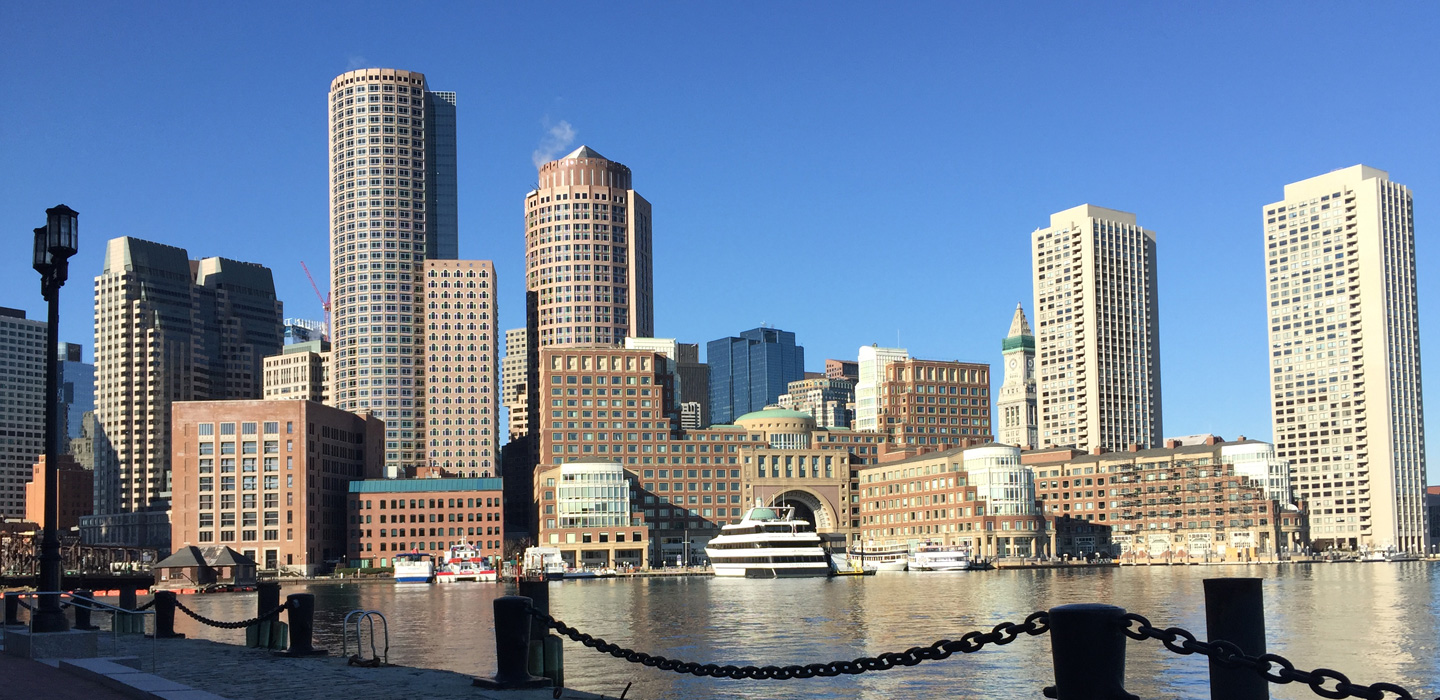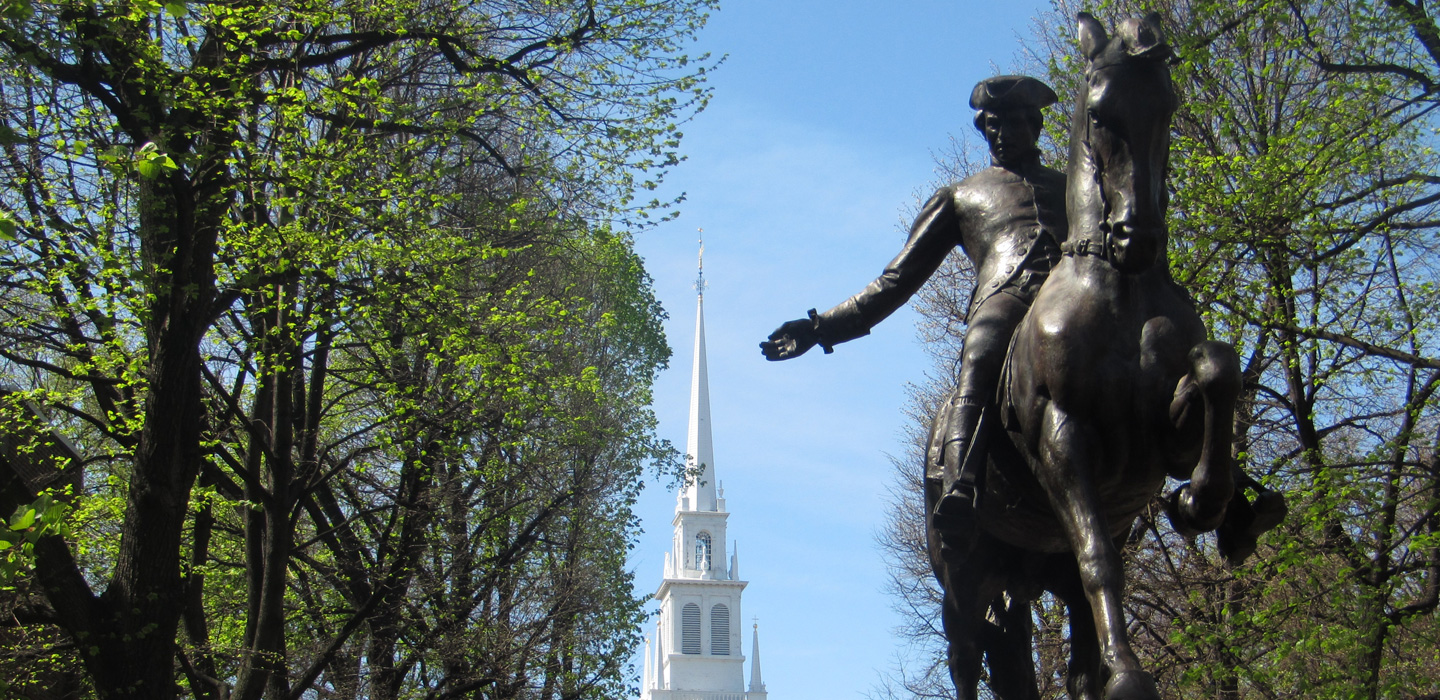From the mid-to-late-19th century, Boston flourished culturally — it became renowned for its rarefied literary culture and lavish artistic patronage. Literary residents included, among many others, writers Nathaniel Hawthorne, Henry Wadsworth Longfellow, Oliver Wendell Holmes, Sr., James Russell Lowell, and Julia Ward Howe, as well as historians John Lothrop Motley, John Gorham Palfrey, George Bancroft, William Hickling Prescott, Francis Parkman, Henry Adams, James Ford Rhodes, Edward Channing and Samuel Eliot Morison. Also there were theologians and philosophers such as William Ellery Channing, Ralph Waldo Emerson and Mary Baker Eddy. When Bret Harte visited Howells, he remarked that in Boston “it was impossible to fire a revolver without bringing down the author of a two-volume work.” Boston had many great publishers and magazines, such as The Atlantic Monthly (founded 1857) and the publishers Little, Brown and Company, Houghton Mifflin, and Harvard University Press.
Higher education became increasingly important, not only at Harvard (based across the river in Cambridge) but at other institutions. The Massachusetts Institute of Technology (MIT) opened in the city in 1865. The first medical school for women, The Boston Female Medical School (which later merged with the Boston University School of Medicine), opened in Boston on November 1, 1848. The Jesuits opened Boston College in 1863; Emerson College opened in 1880, and Simmons College for women in 1899.
To please a different audience, the first vaudeville theater opened on February 28, 1883, in Boston. The last one, the Old Howard in Scollay Square, which had evolved from opera to vaudeville to burlesque, closed in 1953.



